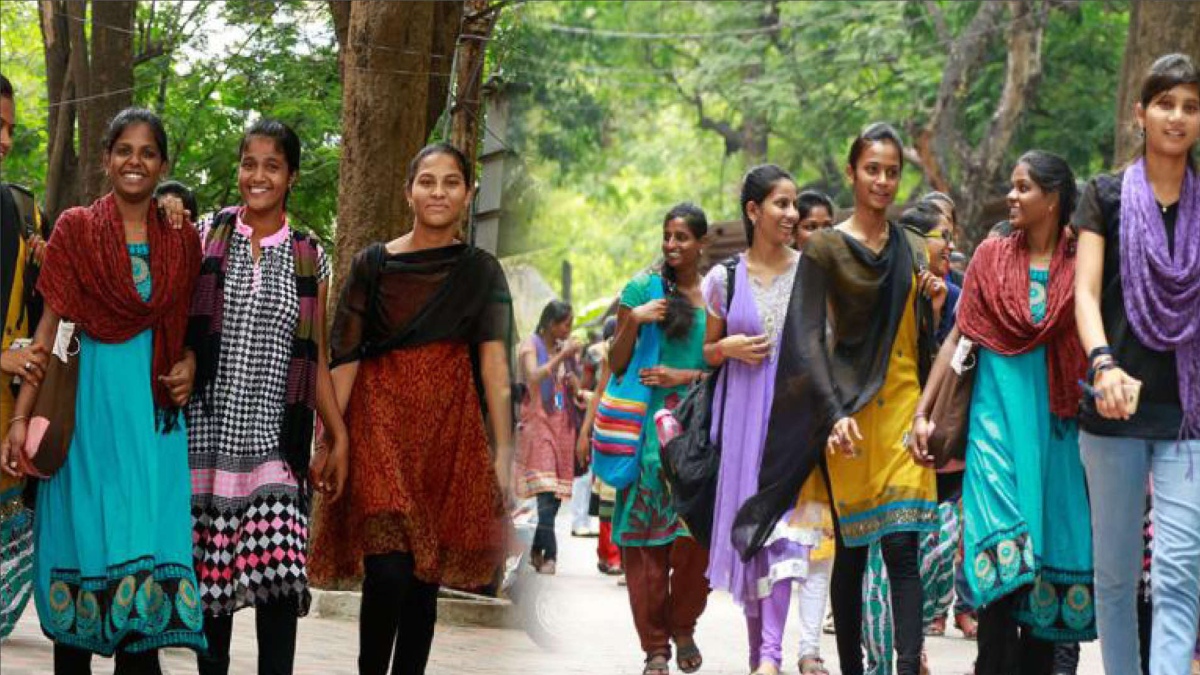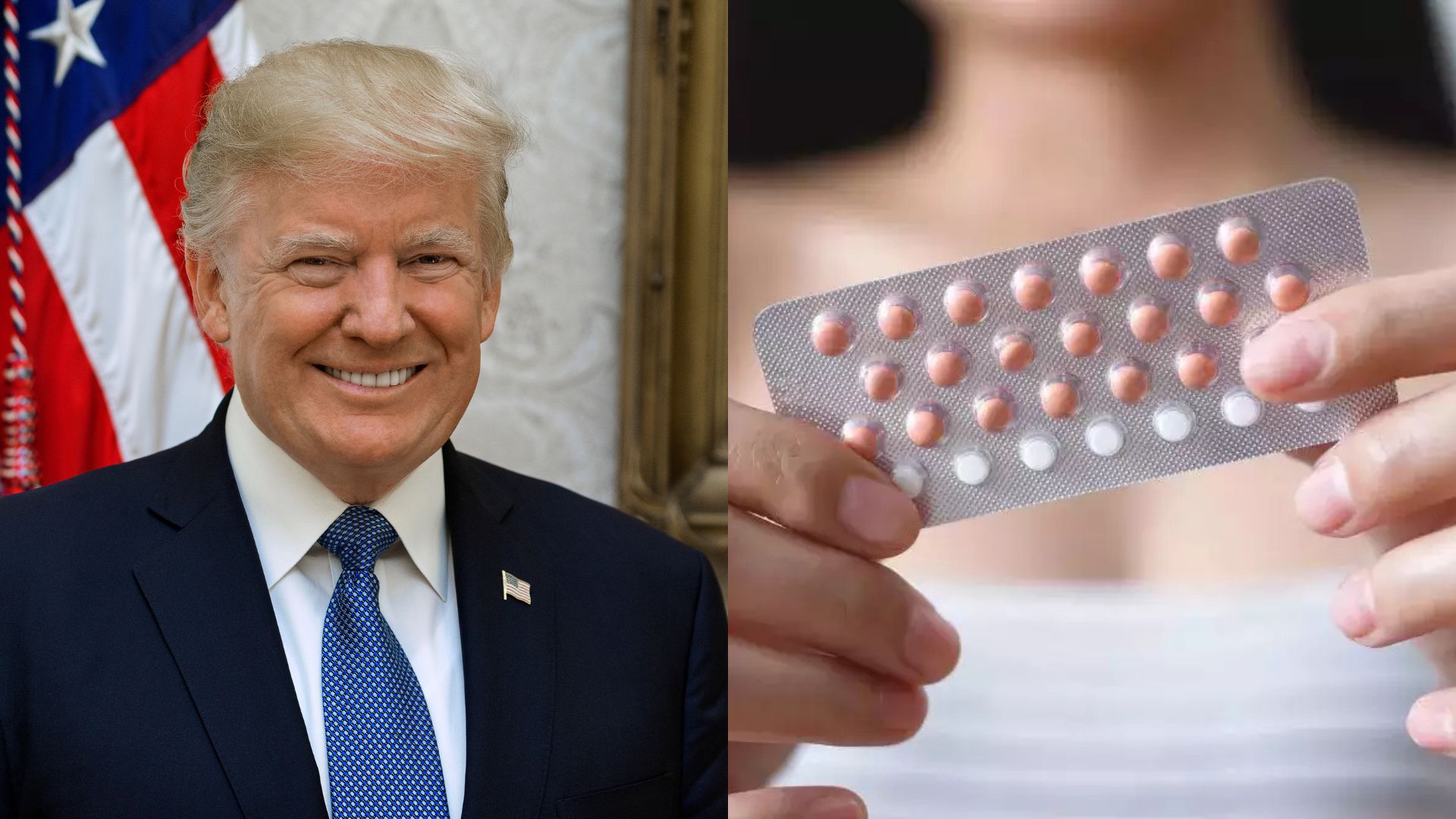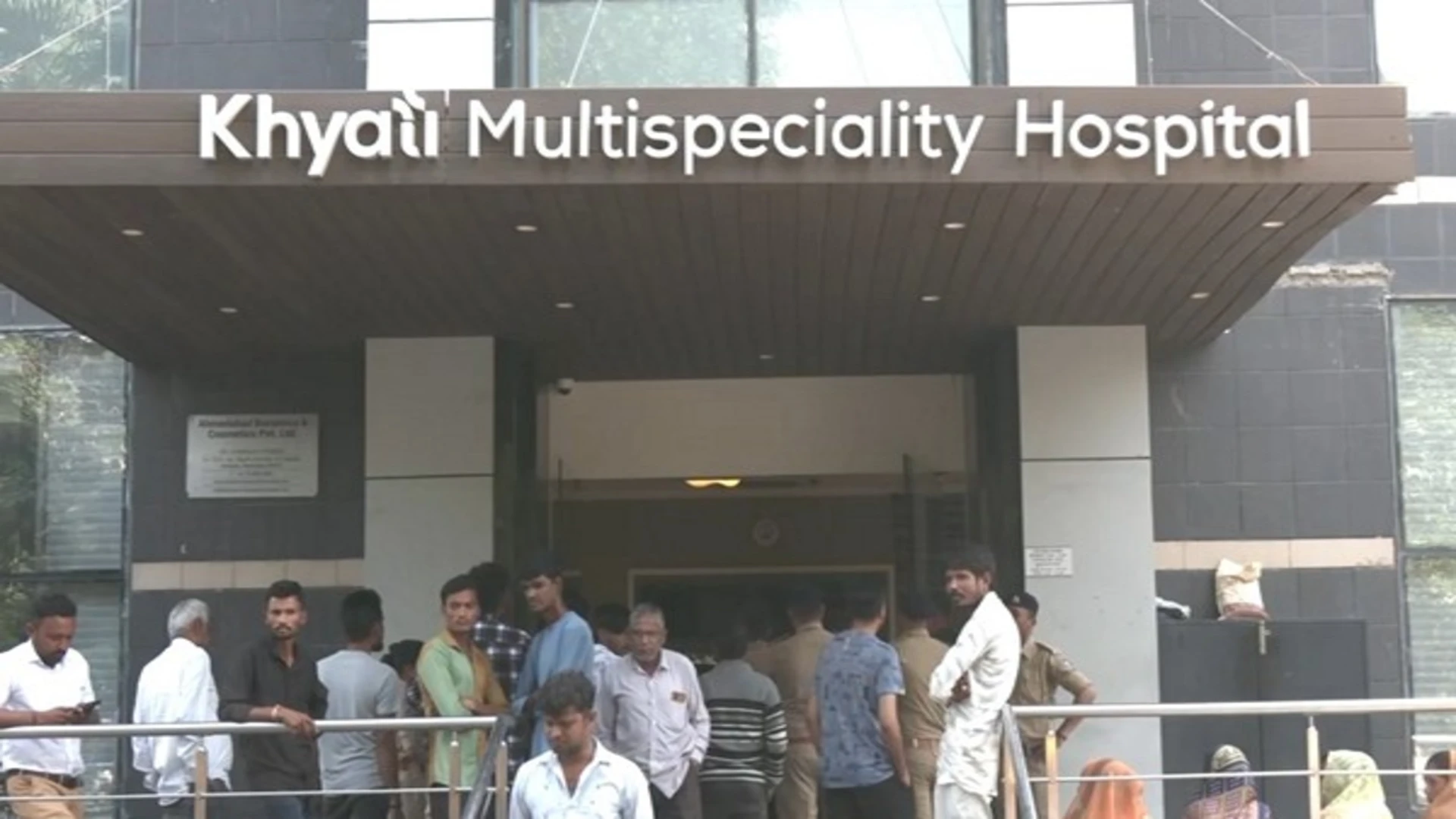
The idea of the International Women’s Day originated from Copenhagen under the inspirational leadership of a German woman, Clara Zetkin, in 1910. Austria, Denmark, Germany and Switzerland were the first to celebrate the International Women’s Day in 1911. Many countries had started celebrating it on different dates till the United Nations recognised the day and declared 8 March as International Women’s Day in 1977. This is the day when women must be recognised and felicitated for their outstanding contributions in the development of the society. This is also the day to pay rich tributes to the pioneers of women’s education on the one hand and to introspect and ascertain the extent to which the present system has ensured gender equality in different areas of study in colleges and universities on the other.
The history is replete with instances of how the people have played exceptional roles in women’s education. It is recognised by the UNESCO that the oldest existing university of Al-Qarawiyyin, with continuous education in the world, was established in 895 CE by a Muslim woman, Fatima Al-Fihriya in Fez, Morocco. Fatima was a keen proponent of education of her time. It was a strange coincidence that Fredrik Denison Maurice, a theologian and social reformer, established Queen’s College for Women in England in 1848 and Savitribai Phule founded a girl’s school in Pune, the same year. There were many more pioneers of women’s education in India like Harkuvarbai, Sheth Maganbhai Karamchand, John Elliot Drinkwater Bethune, Dakshinaranjan Mukherjee, Ishwarchandra Vidyasagar, D.K. Karve, etc, who should be paid rich tributes on this day for their seminal contribution.
Equal education for men and women has been a centuries-old movement. Social reformers of all times fought for women’s rights and their equality in the society. There have been several social reformers in India whose thoughts and works have made significant difference in women’s education. Nevertheless, the University Education Commission (UEC) in 1949 observed: “Indian universities for the most part are places of preparation for man’s world. Little thought has been given to the education of women as women.” This was the time when the share of women in higher education was in the ratio of 1:6 in comparison to men. The Commission made a number of recommendations for the promotion of women’s education.
Although the proportion of women students to the total enrolment reached 21% mark due to affirmative policies of the government, it was not found sufficient in keeping with the changing needs of the society by the Kothari Commission in 1966. The Commission suggested a number of potential measures including programmes of scholarships on a liberal scale, special grants for the construction of women hostels, free access to courses in arts, humanities, science and technology, introduction of favourable courses, mixed or separate colleges depending upon the local conditions, etc. The idea of having separate institutions for women was made because in the social dynamics of our system, certain sections were not ready to send girls to co-educational institutions, thus depriving them of the benefit of higher education for their empowerment.
The trend analysis of the Gross enrolment Ratio (GER) reveals that women’s participation in higher education was lesser than men at all levels and across different social groups. But these gaps started narrowing down from the period of the 12th Five-Year Plan which had witnessed unprecedented expansion of higher educational institutions across the country. Since then the participation of women in higher education continued to improve in a progressive manner across different levels and social groups.
Today, women constitute 48.6% of the total enrolment in higher education. Interestingly, the overall GER of women is higher (26.4%) than that of men (26,3%). It is evident that their participation in higher education has been registering an incremental increase. Since more and more students access higher education in the hope of upward mobility, expanded knowledge and independent futures, the participation rates of women in higher education are steadily improving. It is interesting to note that women have quietly surpassed men, as is evident from their GERs in 2018-19, across different social groups including Scheduled Castes (SCs) and Scheduled Tribes (STs). However, narrowing down of these gaps also hide ongoing inequalities and disparities among men and women, which can only be approached with an intersectional analysis that combines gender with region, class, caste, religion and ability among others.
While the overall participation of women has registered an incremental increase, in most cases it is limited to soft disciplines like arts, humanities, social sciences, languages, education, home science, etc. There are disciplines like engineering, medicine, science, mathematics, law, agriculture, etc., where women are lagging behind men in terms of their enrolment. These differences become more prevalent at Masters and Doctoral levels since the bulk of enrolment in our country continues to be at Under-Graduate level (81%) followed by Masters’ level (9.1%), Diploma level (7.69%) and Doctoral level (0.51%).
The recent expansion in higher education has made colleges and universities more demographically diverse than ever before, with growing heterogeneity among gender and social groups. Claims of equality, dignity and the ability to live, work and study without fear of harassment are intrinsic ingredients of this moment and the fundamental rights of the citizens. The campuses of institutions of higher learning are gradually diversifying in terms of students’ population. However, the distribution of students across different domains of knowledge remains uneven.
The enrolment of women in engineering and allied disciplines continues to be far too low despite a number of affirmative measures like creation of supernumerary seats in engineering institutions. The share of women students in the most premier engineering institutions like IITs and NITs still remains as low as 18% in 2019-20. The situation is not any better even in the most leading science institutions like Indian Institute of Science (IISc), Bangalore where the share of women students is just 20% and the Indian Institute of Science Education and Research (IISER), Pune where it is only 17%.
There might be numerous reasons for uneven distribution of women students in exact sciences and technology in general and in premier institutions in particular. The success of Sarva Shiksha Abhiyan (SSA) and the Rashtriya Madhyamik Shiksha Abhiyan (RMSA) has given rise to enrolment of more and more girls from the weaker sections of the society. Majority of these girls refrain from joining science streams at the secondary stage, limiting their options to commerce and humanities & social sciences. The number of girls pursuing science stream further plummets due to poorer rate of transition from secondary to post-secondary and lack of their proper counselling both at home and at college or university. In addition, the notion of longer hours of stay in college due to lab-work, extended hours of study, higher educational expenses, non-availability of science programs in nearby institutions, liability of home chores, disapproval of family members, natural diffidence, etc, are cruel deterrents that discourage girls from joining science and technical streams. Consequently, the share of women in scientific organisations as well as in other premier institutions of higher learning remains far less satisfactory.
There was a long-standing myth based on contradictory reports about differentiation of cognitive abilities between men and women. But there have been multiple research studies that have debunked the myth about such differences. Men and women are equally good in coping with demands of time and energy required to deal with different areas of study. No one could still break the record of Madame Marie Curie who has the unique distinction of winning two Nobel Prizes in two different subjects, Physics in 1903 and Chemistry in 1911. There are now 57 women who have won the Nobel Prize and a total of 58 Nobel Prizes have gone to women scientists, as Marie Curie got it twice. The problem is with the men folks who generally expect women to perform additional responsibilities and deliver more than them both at home and place of work. It is the responsibility of the educational system at all levels to create conditions and provide necessary tools to enable them as active and equal partners in shaping the destiny of the society and the world.
Concerted efforts need to be made at different levels to bridge up existing gender gaps. A beginning has to be made right from the initial years of schooling, especially focusing more on laggard states. It is not only about increasing enrollment of girls but guiding and directing them to the right kinds of streams in keeping with their aptitude. The scheme of popularization of science which was started in early years of independent India needs to be re-energised right from the elementary stage of school education. Both the states and the Central governments should introduce the science scholarship scheme for meritorious girls from the first year of the secondary stage of schooling. This will help increase the transition rates of girls from secondary to post-secondary stage of education. Special care should also be taken in meeting out their post-admission requirements.
Increase in the number of female teachers in higher education could possibly be another favourable factor. It is evident from the obvious trends available from some of the states like Delhi, Goa, Haryana, Kerala, Meghalaya, Punjab and Chandigarh (UT) where there is a significant correlation between teachers’ gender and students’ gender. These are the states where women students have surpassed men insofar as their participation rates in higher education is concerned, and interestingly, so is the case of women teachers. It signifies that hiring of more women teachers can lead to increased participation of women students in higher education.
The lower participation of women in premier institutions of science and technology is a clear-cut reflection on the society which has not considered investing time and resources to remove the existing disparities. Gender equality in these centres of excellence is as important as in life. Special efforts need to be made by the premier institutions to increase the participation of women students by effecting conducive admission policies, stipends, and inspiring social, learning and living environment. In addition, they should also make appropriate changes in their curricular provisions and classroom processes which do not create performance gaps and gender discrimination of any kind.
It would be better if the country evolved a national strategy to ensure gender and social equality across different sectors of education, domains of knowledge, as well as institutions of higher learning rather than creating supernumerary seats sporadically in a handful of institutions. It becomes all the more important for a country which globally ranks 108th out of 149 on gender equality.
The writer is former Chairman, UGC. The views expressed are personal.















